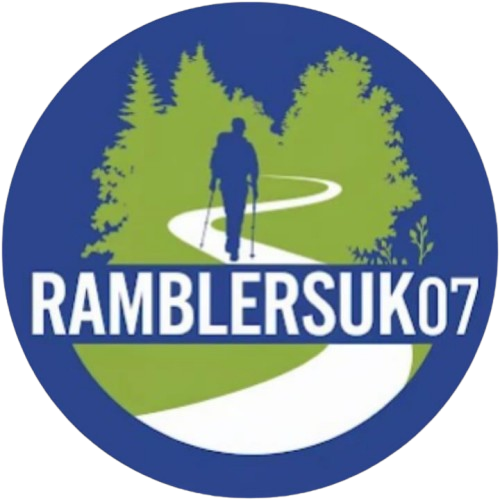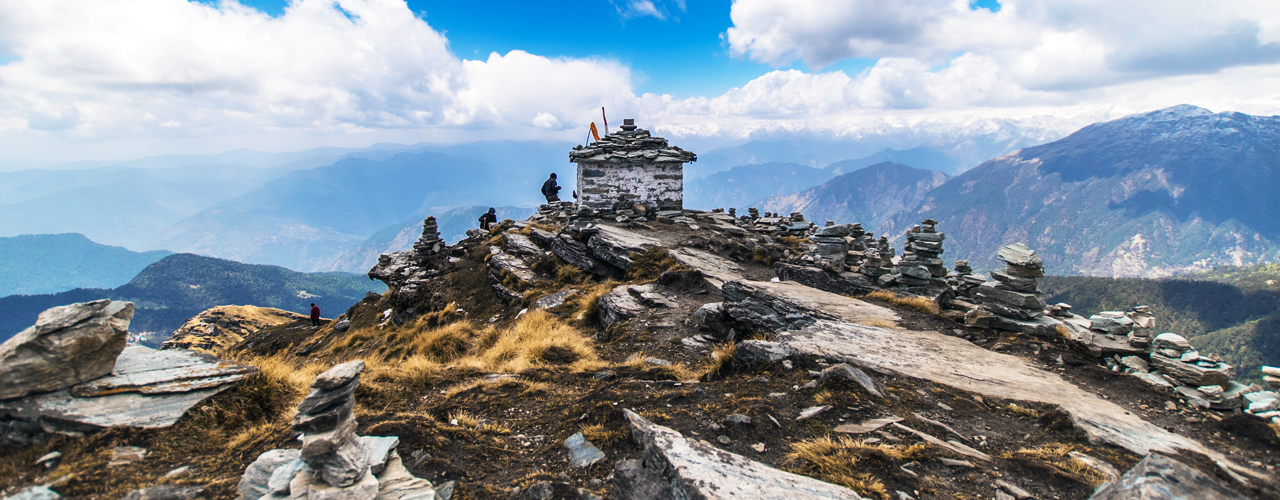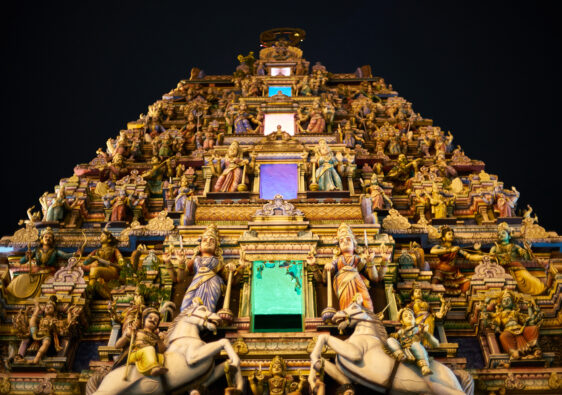
The Annapurna Basecamp Trek is one of Nepal’s most iconic high-altitude adventures. Nestled at an elevation of 4,130 meters (13,550 ft), the trail to Annapurna Basecamp (ABC) offers breathtaking views of the Annapurna massif, culturally rich villages, and diverse ecosystems. While it’s considered a moderate trek, the physical demands of hiking long distances over multiple days in varying altitudes are not to be underestimated.
So how should you prepare physically for the Annapurna Basecamp Trek? In this guide, we’ll break down everything you need to know — from cardio and strength training to flexibility, altitude preparation, and rest — to help you reach base camp with confidence.
🧭 Why Physical Preparation Matters for Annapurna Basecamp Trek
While the Annapurna Basecamp Trek doesn’t require technical mountaineering skills, it does involve:
- Daily hiking of 6–8 hours
- Climbing and descending 300–700 meters of elevation per day
- Trekking at altitudes above 2,500 meters (risk of altitude sickness)
- Carrying a daypack (5–8 kg) or heavier if not hiring a porter
Without proper physical preparation, fatigue, soreness, or even injury could hinder your progress — or worse, force you to quit halfway. With 4–6 weeks of solid training, however, most fit individuals can complete the ABC trek safely and enjoyably.
🏃♂️ 1. Build Endurance with Cardio Training
Cardiovascular fitness is the foundation for any trek. Aim to include cardio workouts 4–5 times a week for at least a month before the trek.
✅ Best Cardio Exercises:
- Hiking (with a backpack to simulate trail conditions)
- Jogging or brisk walking (incline walking if possible)
- Stair climbing
- Cycling or elliptical training
- Swimming (low-impact but great for lung capacity)
🕒 Sample Weekly Plan:
- 2 days of 45–60 mins brisk walking or jogging
- 1 day of stair climbing with 5–8 kg backpack
- 1 day long hike or walk (3–4 hours if possible)
- 1 day of rest or light yoga
Gradually increase both the duration and intensity over 4–6 weeks.
🏋️♀️ 2. Strength Training for Legs and Core
The Annapurna Basecamp Trek involves constant uphill climbs, downhill descents, and uneven terrain. Building muscular strength — especially in your legs, glutes, and core — will help reduce fatigue and protect your joints.
✅ Focus Areas:
- Legs: Squats, lunges, step-ups, calf raises
- Core: Planks, Russian twists, mountain climbers
- Back/Shoulders: Deadlifts, rows (to help carry your backpack)
🕒 Strength Training Frequency:
- 2–3 days per week
- 3 sets of 10–15 reps per exercise
Start with bodyweight exercises, then add light weights or resistance bands as you progress.
🧘♀️ 3. Improve Flexibility and Mobility
Don’t overlook stretching and mobility — tight muscles and stiff joints can cause pain or injury during multi-day treks.
✅ Key Areas to Stretch:
- Hamstrings
- Quads
- Hip flexors
- Calves
- Lower back
Incorporate 15–20 minutes of stretching or yoga after workouts or during rest days. Consider yoga poses like Downward Dog, Pigeon Pose, and Forward Fold to maintain flexibility.
🏔️ 4. Train at Altitude (If Possible)
Altitude sickness is a major concern during the Annapurna Basecamp Trek. While it’s hard to simulate high altitudes exactly, you can prepare your body for better oxygen usage:
🏃 Tips to Train for Altitude:
- Practice breathing techniques like box breathing or nasal breathing
- Do occasional hikes or long walks at the highest elevation accessible near you
- Use a stairmaster or treadmill at incline with minimal breaks
While altitude training masks are available, their effectiveness is limited. The best way to acclimatize is to follow proper trekking itineraries and climb gradually during the trek.
🎒 5. Train with a Backpack
You’ll likely carry a daypack (5–8 kg) on the trek containing essentials like water, snacks, and extra layers. Get used to the weight and strain by training with your backpack at least once or twice a week.
What to Practice With:
- A small backpack filled with water bottles
- Use this during stair climbs or incline hikes
- Aim to walk for 2–3 hours with the pack on weekends
💤 6. Focus on Recovery and Sleep
Recovery is just as important as training. As you ramp up your physical activity, make sure you’re allowing your muscles to rest and rebuild.
🛌 Key Recovery Tips:
- Get 7–9 hours of sleep per night
- Take at least one complete rest day per week
- Hydrate well, even during training
- Use foam rollers or massage guns for tight muscles
🥗 7. Nutrition Before the Trek
Fuel your body with the right nutrition leading up to your trek. You’ll burn a lot of calories during training and the actual ABC trek.
🔑 Nutrition Guidelines:
- Eat a balanced diet: complex carbs, lean proteins, healthy fats
- Increase protein intake for muscle repair (eggs, lentils, chicken, tofu)
- Stay hydrated: 2–3 liters per day
- Avoid heavy processed food and focus on clean meals
🧪 8. Assess Your Fitness Level Before the Trek
Not sure if you’re ready yet? Here’s a quick fitness test you can try:
✅ Can you walk or hike for 3–4 hours with a backpack (6–8 kg)?
✅ Can you climb 10–15 flights of stairs without getting overly winded?
✅ Can you squat or lunge comfortably 10–15 times in a row?
If you can manage these, you’re likely fit enough to take on the Annapurna Basecamp Trek with the right mindset.
🧳 9. Optional: Guided Training Programs or Trekking Simulations
Some companies offer trek preparation programs or weekend bootcamps specifically for Himalayan treks. These can include:
- Simulated long hikes with packs
- High-altitude gym sessions (in hill stations)
- Trekking form correction (walking posture, pole usage, etc.)
If you’re short on time or unsure about your routine, consider one of these.
✅ Final Thoughts
The Annapurna Basecamp Trek is a life-changing adventure that’s accessible — but only with the right preparation. By building endurance, strength, flexibility, and altitude awareness, you’ll not only reach base camp but actually enjoy the journey.
Start slow, stay consistent, and focus on your overall fitness, not just weight loss or speed. A well-prepared body leads to a safer, more fulfilling trekking experience in the majestic Annapurna range.
Thank you for taking the time to read this blog. We hope it helps you prepare for your next great trekking adventure.
Also checkout: A Complete Guide to Dayara Bugyal Trek



